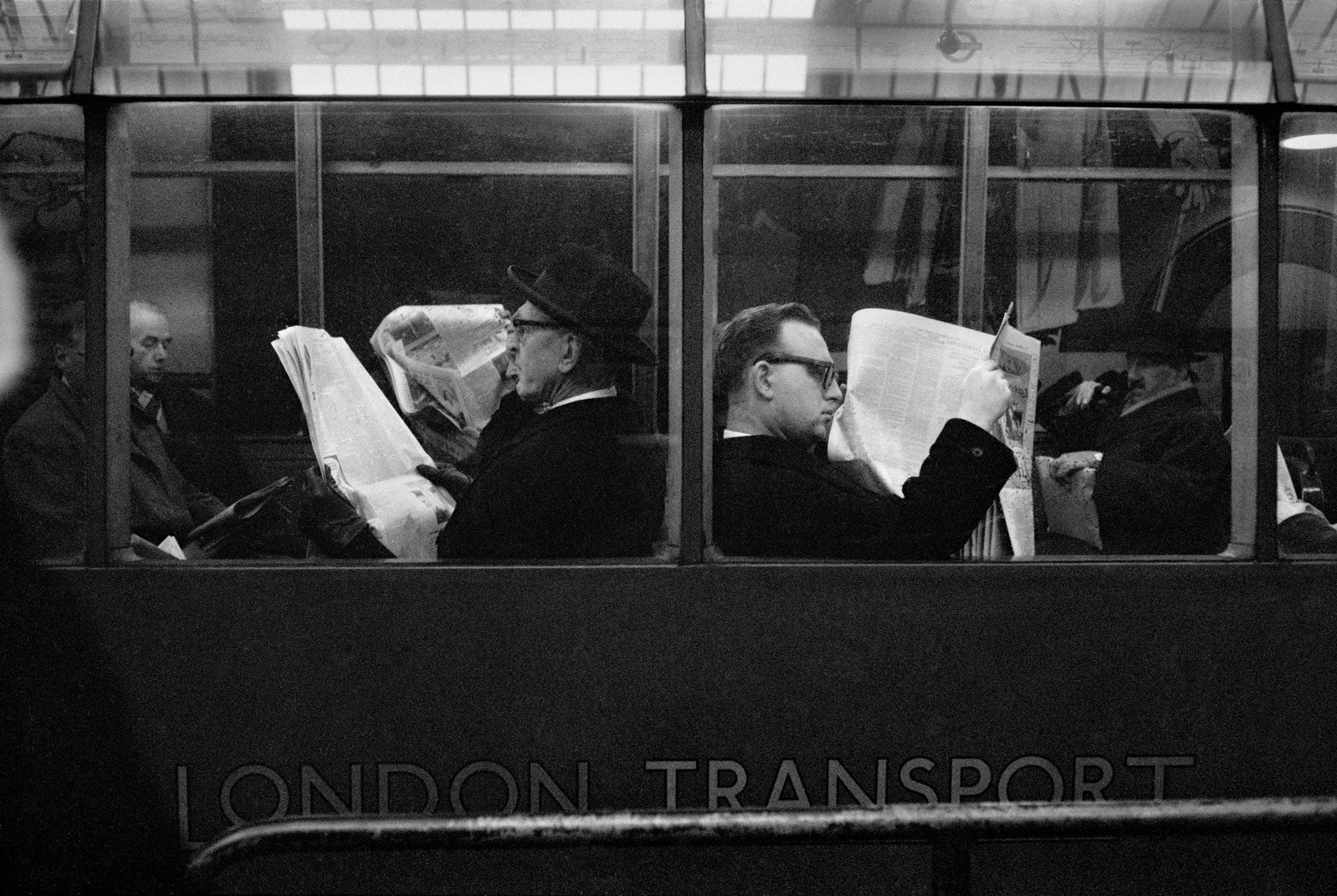Sergio Larrain was on the cusp of photographic greatness but gave it all up for a spiritual life
A new retrospective is a timely reminder of his extraordinary talent, says Simon Usborne

Your support helps us to tell the story
From reproductive rights to climate change to Big Tech, The Independent is on the ground when the story is developing. Whether it's investigating the financials of Elon Musk's pro-Trump PAC or producing our latest documentary, 'The A Word', which shines a light on the American women fighting for reproductive rights, we know how important it is to parse out the facts from the messaging.
At such a critical moment in US history, we need reporters on the ground. Your donation allows us to keep sending journalists to speak to both sides of the story.
The Independent is trusted by Americans across the entire political spectrum. And unlike many other quality news outlets, we choose not to lock Americans out of our reporting and analysis with paywalls. We believe quality journalism should be available to everyone, paid for by those who can afford it.
Your support makes all the difference.Ditching your job while at the top of your game to become a mountain yogi on the advice of a Bolivian mystic will do wonders for your spirit but not much for your profile. So it was that Sergio Larrain, the Chilean photographer, removed himself from the frame in 1972 before a timely rediscovery of his work almost 30 years later.
Born in 1931 in Santiago, Larrain discovered his love and talent for photography in the early 1950s, while studying forestry in California. Travel and work followed in Europe and the Middle East, before a commission to photograph street children took him back to Santiago. The Museum of Modern Art in New York bought two of the images in 1956, launching a bright, if short, career.
Larrain is best known for his street photography, and use of shadow and angles in a way few had tried before. In 1958, the British Council commissioned him to photograph England, his images of a smoggy, down-at-heel London capturing a mood that was still, in many ways, post-war. The pictures also brought him to the attention of Henri Cartier-Bresson, who quickly signed him to Magnum, the photo agency he founded in 1947.
One of Larrain's first jobs involved a protracted search for the Mafia boss Giuseppe Russo, who was wanted in connection with several murders. The photographer succeeded where Interpol had failed and his portraits were syndicated globally. He was on course to make the big league with more acclaimed work and several books boosting his reputation still further.
Then came the meeting with Óscar Ichazo, the influential Bolivian guru. What started as an interest in learning yoga became a wholesale retreat from public and professional life to a Chilean mountain retreat, where Larrain also took up calligraphy and meditation.
He attempted to prevent any displays of his work and was reportedly disappointed when, in 1999 after many had forgotten him, the Valencia Institute of Modern Art held a retrospective of his work, leading to renewed interest.
Having found his own fulfilment in solitude, the resurgence of attention was unwelcome.
He died in 2012 at the age of 80.
Sergio Larrain runs to 22 April at the Magnum Print Room, 63 Gee Street, London EC1V 3RS.
Join our commenting forum
Join thought-provoking conversations, follow other Independent readers and see their replies
Comments